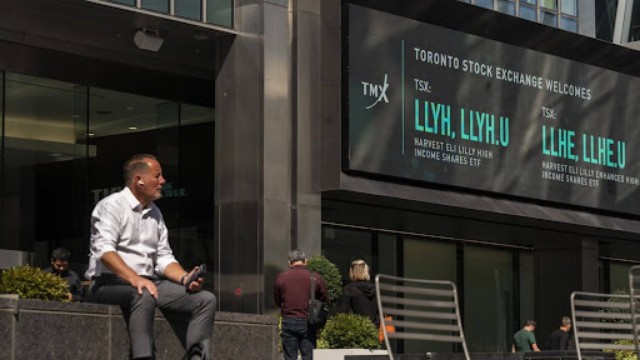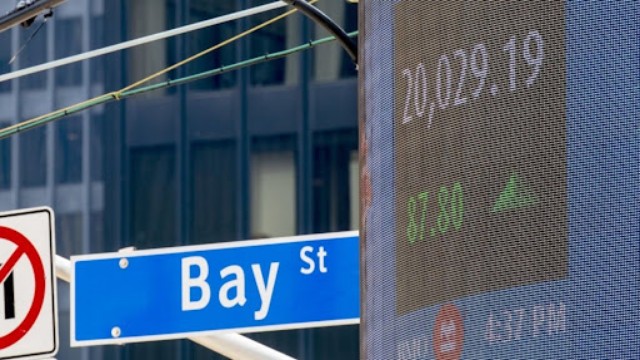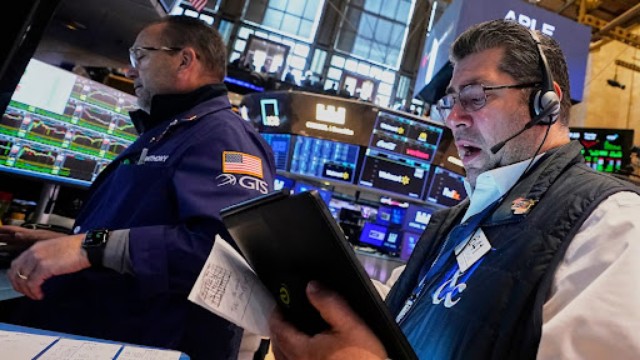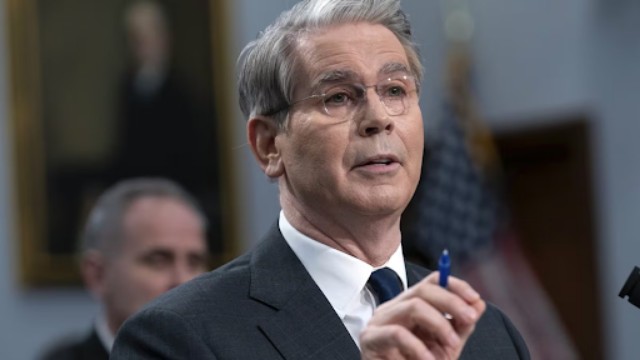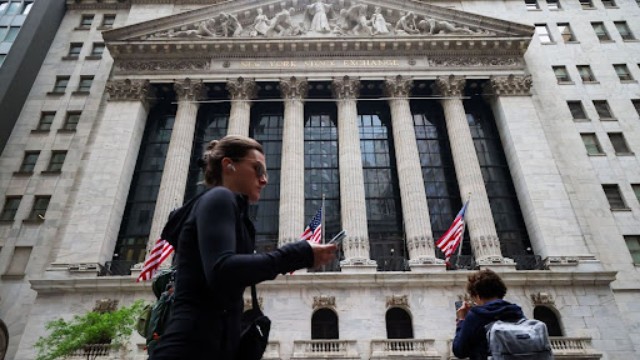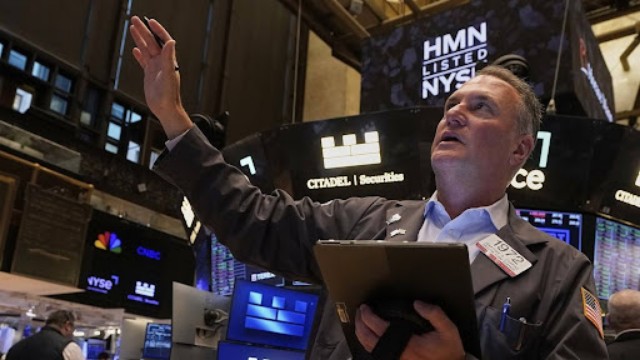
A trader is seen working on the floor of the New York Stock Exchange (NYSE).
In September, central banks around the world, led by the U.S. Federal Reserve, implemented significant interest rate cuts, marking the largest reduction effort since the COVID-19 pandemic began. Five of the nine major central banks, responsible for the top ten traded currencies, cut their interest rates, aiming to support slowing economies. The U.S. Federal Reserve made a notable move by cutting its benchmark rate by 50 basis points (bps), kicking off a fresh round of rate cuts. Alongside the Fed, Sweden, Switzerland, Canada, and the eurozone also trimmed their rates by 25 bps.
This collective rate reduction marks the most significant easing action taken by developed markets' central banks since March 2020, when rates were slashed by a total of 615 bps to stabilize economies affected by the pandemic. Now, attention has shifted to understanding how deep and long this rate-cutting cycle will last across developed markets. Experts are cautious about the path ahead. Tatjana Greil Castro, a key figure at Muzinich & Co, emphasized that while the Federal Reserve’s actions signal its awareness of slowing employment growth, the cycle might not be as deep as some might expect. The U.S. is projected to end with interest rates around 3-3.5%, while Europe may settle at 2-2.25%.
While developed markets moved swiftly to ease rates, emerging markets experienced mixed results. Brazil, for instance, took a different approach by initiating a tightening cycle, raising its benchmark lending rate by 25 bps, marking its first hike in two years. Brazil had previously led the way in reducing rates before the Fed took action. Russia, dealing with pressure on its currency, made an even bolder move, increasing its rates by 100 bps.
Elsewhere, several emerging market central banks joined the easing wave. Indonesia, Mexico, South Africa, the Czech Republic, Hungary, Chile, and Colombia all made significant cuts, reducing interest rates by a collective 200 bps. Thirteen central banks across developing economies held rate-setting meetings in September, with seven choosing to lower rates, two raising rates, and four opting to leave rates unchanged.
Since the start of 2024, interest rate cuts in emerging markets have reached a total of 1,525 bps, spanning 36 rate adjustments. This figure far surpasses the 945 bps worth of cuts seen in 2023, demonstrating the growing trend toward easing policies in these regions. On the other hand, total rate hikes in 2024 currently stand at 1,100 bps, indicating a balance between tightening and easing strategies depending on regional economic conditions.
As central banks navigate this new phase of easing, they must weigh their actions carefully, particularly in emerging markets where currency stability and capital flow are critical concerns. Alexis Taffin de Tilques from BNP Paribas cautioned that emerging market central banks must be vigilant to avoid outflows and currency pressures, as these could destabilize their economies.





